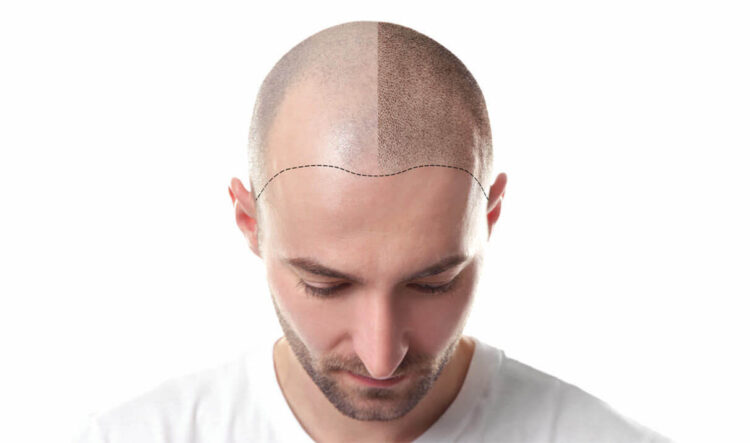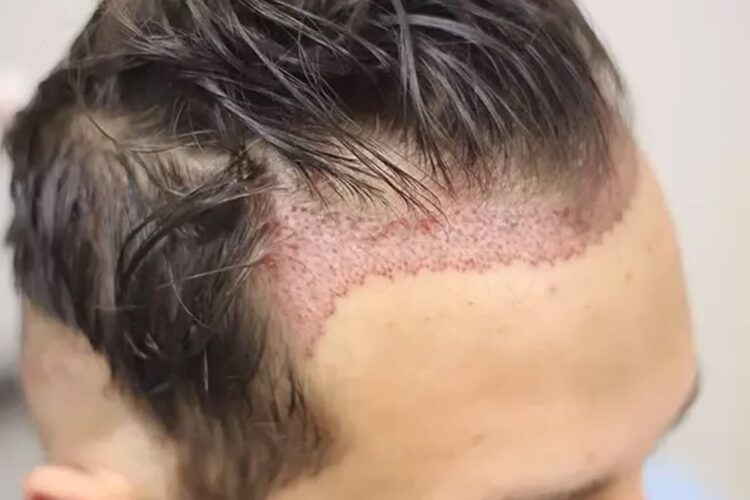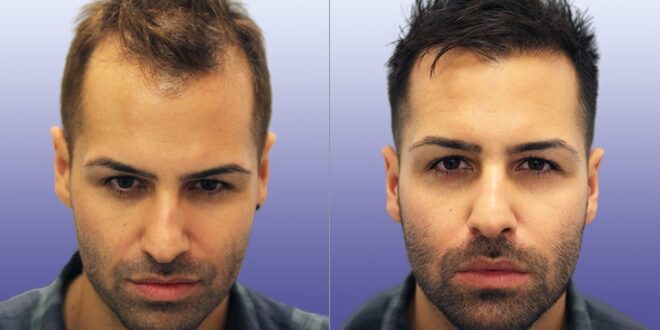A hair transplant is a procedure of adding hair to body areas that are bald, and if it is successful, the new hairs will start growing soon, renewing, and restoring the targeted areas. But, in order to understand this intervention better, we will try to explain how it’s done, and why people are deciding to perform that when the hair is getting thin on some spots. Most of the time, the doctors are taking healthy hairs from the thicker areas on the head or other body parts, and transferring them to the balding spots. After the treatment, the patient also needs to use topical methods, like shampoos, creams, and lotions, to help the follicles heal and start growing new hair.
Back in history, the first transplant was performed in Japan, in 1939. Today, surgeons are using advanced techniques that are not even visible after the patient heals. Sometimes, you may get exceptional results by using proper cosmetic products that help in the renewing process. On the other hand, the hair transplantation procedure can be very long, and the patient may feel mild pain or something like a tickling sensation on the scalp. The whole intervention is performed under a local anesthetic, and the patient can only feel some sensations or a little discomfort in the next few days. The red spots will disappear in at least three days, and usually, the patients can proceed with their normal activities after a few days.
Can you expect a full regrow?

Your hair won’t be a 100% same as before, but you can expect 10-80% more hairs after a few weeks. According to estepera.com , the main reason why people lose their hair is the androgenic alopecia, which is a genetic condition and the parents can pass it to their children. But, the methods of restoration and transplantation can also help those who suffered some injuries or went to chemotherapy and lost their hair because of that.
So, you can’t expect a full regrow, but sure the results will be much better compared to the initial condition of your head. Most of the doctors will suggest you try with renewing cosmetic products first because sometimes you only need to increase your vitamin intake or use more quality shampoos to fix the first signs of hair loss. But, if your condition is causing you problems with your self-confidence, and the general appearance, it’s normal for you to look for a permanent solution.
Also, the doctors often need to remind the patients that as time goes by, the transplanted hair will also get thinner, and some of them may need to repeat the intervention after a few years.
How is the procedure performed?

When you plan to receive hair transplantation, you need to visit your doctor a couple of times, so you can together decide where to put the new follicles. This is the part when both the doctor and patient pay a lot of attention to the final result and the aesthetic appearance after the hair grows again. Next, the new follicles and hairs should be harvested, and transferred to the balding spots, using a punch. Then, the whole transplanted area is treated with strong cosmetic products or acids, so they can help the healing process. Of course, the whole process is more complicated, and it takes a lot of time for the hairs to be taken from the hairy areas, and transferred to the spots that need to be treated.
In the past, most of the time only one hair was implanted in one follicle, but today, more hairs can be put in the same follicle, so the chances of success are bigger. With a precise instrument, the doctor is making cuts on the recipient parts of the skin, creating a natural hairline over the whole head.
After the implanting is performed, there can be some red spots, but the medical staff should clean and disinfect the whole area, using appropriate products, and cover it with sterile gauze, that should be regularly replaced in the next few days. The swelling and redness will disappear, and in two or three weeks, new hairs will show up. That’s the sign that the procedure was successful. The results may last up to 5 years, but the patient should use specialized cosmetic products, and to avoid drugstore shampoos and conditioners that contain ingredients that may damage the hair.
Is transplantation painful?

Knowing that it can be only performed under local anesthesia, we can’t say that the procedure is painful, but sure it’s a little uncomfortable for the recipient. After the treatment, the whole treated area can be irritated and itchy, but that feeling goes away pretty soon after two or three days. It may take up to a few weeks until the results are visible, but also, there is always a chance for a mild irritation or excess dandruff during the healing.
So, in general, we can say it’s not much pain, but some patients report mild to severe symptoms during the healing, which include itching, swelling, red spots, and subjective feeling of discomfort. Also, that may depend on the size of the area that is treated. The bigger the bald area is, the chances of severe pains are also bigger.
Is it possible not to get the wished results?

Every surgical or non-surgical aesthetic procedure comes with a few risks, and sometimes the biggest is not getting the wished results. That depends on a lot of factors, including the health of the skin, the quality of the hair and follicles, and of course, the immune response of the body and the ability of the skin to heal by itself.
If you have a huge problem with your hair loss, it’s always better to consider some of the options that give quick and efficient results, that won’t affect your self-confidence and personality. Many people get traumatized when they lose some hair because it changes the appearance a lot. That’s why this procedure is one of the most common cosmetic interventions in the world.
 Hi Boox Popular Magazine 2024
Hi Boox Popular Magazine 2024



